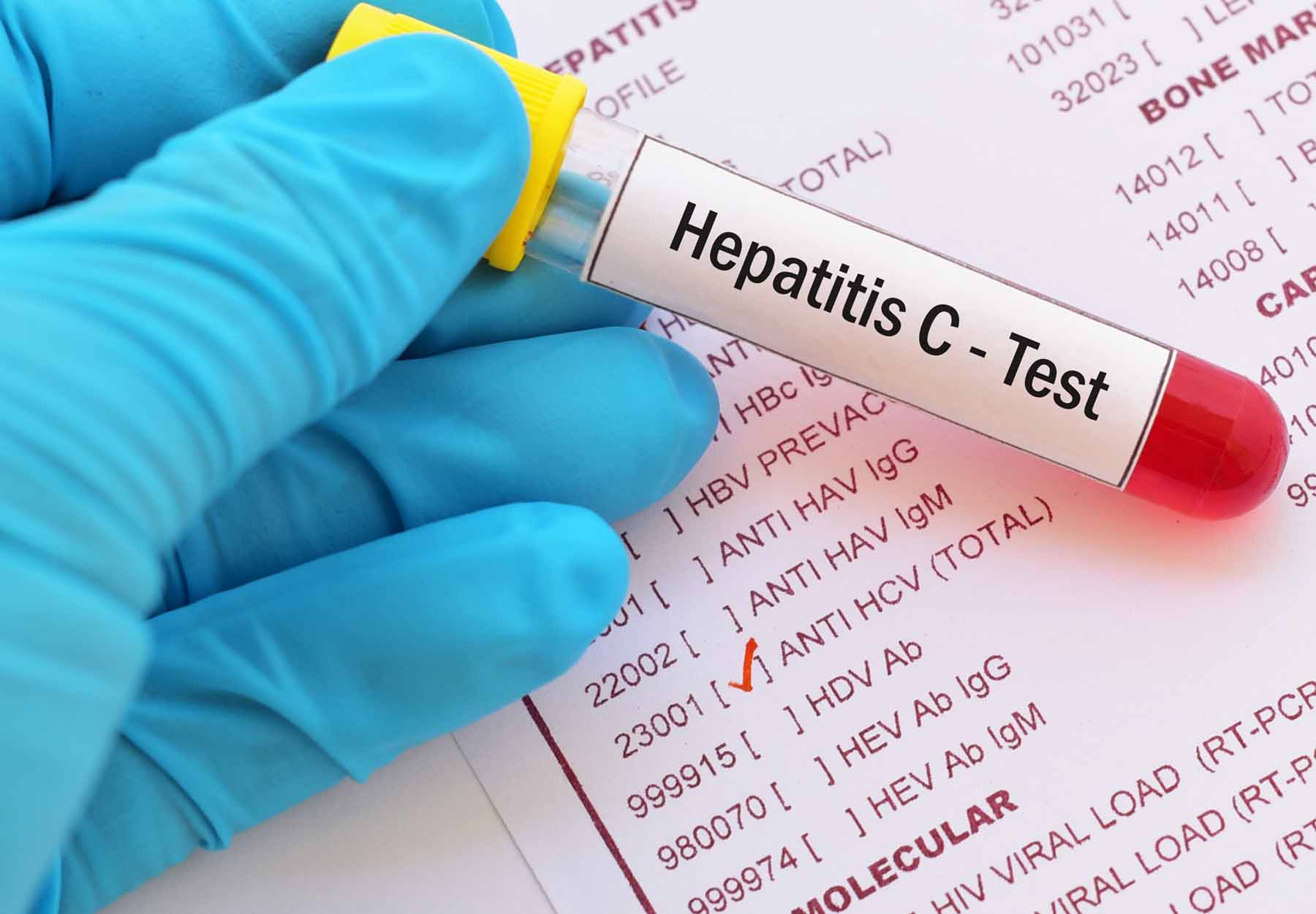Device Reclassification Order Opens 510(k) Pathway for HCV RNA and Antibodies Tests
On Nov. 19, the US Food and Drug Administration (FDA) offered a measure of regulatory relief to producers of hepatitis C virus (HCV) tests by reclassifying certain HCV tests from Class III to Class II. Result: The reclassified tests will now be able to reach the market via 510(k) clearance instead of the premarket approval (PMA) pathway. The HCV Tests Reclassification Order The FDA classifies medical devices based on their risk to consumers. Because they are considered to carry the least risk, Class I devices are subject to the least stringent regulatory requirements. Class III devices are considered to have the highest risk and must pass through PMA, the agency’s most rigorous form of device review. The newly announced reclassification applies to nucleic acid-based hepatitis C ribonucleic acid (RNA) devices intended for the qualitative or quantitative detection or genotyping of HCV RNA, as well as to certain hepatitis C antibody devices intended for the qualitative detection of the virus. “The reclassification may support the potential for more manufacturers to develop these tests, which can increase competition and increase access to these important tests,” noted the statement from Timothy Stenzel, director of the FDA Office of In Vitro Diagnostics and Radiological […]

The HCV Tests Reclassification Order
The FDA classifies medical devices based on their risk to consumers. Because they are considered to carry the least risk, Class I devices are subject to the least stringent regulatory requirements. Class III devices are considered to have the highest risk and must pass through PMA, the agency’s most rigorous form of device review. The newly announced reclassification applies to nucleic acid-based hepatitis C ribonucleic acid (RNA) devices intended for the qualitative or quantitative detection or genotyping of HCV RNA, as well as to certain hepatitis C antibody devices intended for the qualitative detection of the virus. “The reclassification may support the potential for more manufacturers to develop these tests, which can increase competition and increase access to these important tests,” noted the statement from Timothy Stenzel, director of the FDA Office of In Vitro Diagnostics and Radiological Health. “Increased access to tests will likely aid patients in seeking the appropriate treatment and likely reduce transmission.”The Blood Lancet Devices Reclassification Order
The FDA also issued final orders to reclassify blood lancet devices. But these orders go in the other direction by moving the lancets from Class I to higher risk classifications. Specifically, the agency issued two orders. The first reclassifies the three types of lancets intended for use by a single patient from Class I to Class II, meaning that these devices will require premarket notification, or 510(k) clearance. The order takes effect on December 22, 2021, but the FDA said it would refrain from enforcing the new order for one year against covered devices that have been on the market before the effective date of the final order without an existing 510(k) clearance. The second order reclassifies another type of lancet intended for multiple patient use from Class I to Class III devices. As a result, the newly reclassified Class III device will require a PMA application or notice of completion of a product development protocol. Manufacturers of these devices will be required to file a PMA application within 30 months from the published date of the final order, November 22, 2021. Meanwhile, here are some of the key new FDA EUAs and clearances that were announced starting in late November 2021:New FDA Emergency Use Authorizations (EUAs) & Approvals
| Manufacturer(s) | Product |
|---|---|
| Thermo Fisher Scientific | Premarket approval for Oncomine Dx Target Test as companion diagnostic for Janssen Biotech’s targeted lung cancer treatment amivantamab-vmjw (Rybrevant) |
| OPKO Health | 510(k) clearance for 4KScore prostate cancer test |
| Foundation Medicine (Roche) | 510(k) clearance for FoundationOneCDx as companion diagnostic for two groups of BRAF inhibitor therapies for melanoma |
| Audere | EUA for The HealthPulse@home kit for self-collection of anterior nasal swab specimens |
| Immunexpress | 510(k) clearance for SeptiCyte RAPID sepsis assay |
| Qiagen and DiaSorin | 510(k) clearance for Liaison QuantiFERON-TB Gold Plus assay for latent tuberculosis testing on DiaSorin’s Liaison XS benchtop platform |
| Siemens Healthineers | 510(k) clearance for Atellica CH Enzymatic Creatinine 3 (ECre3) assay for quantitative determination of creatinine |
| Roche | 510(k) clearance for cobas Cdiff real-time PCR nucleic acid test run on firm’s cobas Liat point-of-care system |
| Abbott Laboratories | 510(k) clearance for BCG2 assay for quantitation of albumin |
| BioMérieux | 510(k) clearance for ETest Fosfomycin manual assay for antimicrobial susceptibility |
| BioMérieux | 510(k) clearance for BioFire COVID-19 Test 2 |
| Becton Dickinson | 510(k) clearance for Kiestra IdentifA specimen preparation system and BD Kiestra Laboratory Automation Solution |
| InBios International | EUA for SCoV-2 Ag Detect Rapid Self-Test, over-the-counter SARS-CoV-2 home antigen test |
Subscribe to Clinical Diagnostics Insider to view
Start a Free Trial for immediate access to this article